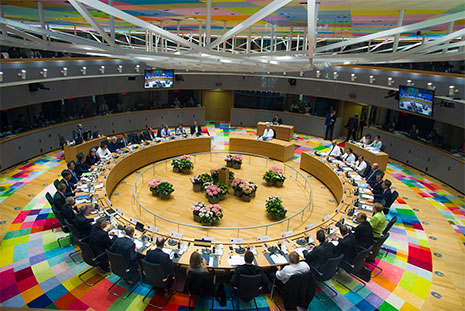
Will a European Security Council bring strategic relevance?

How can the EU quickly and effectively take decisions on issues of international security? There’s only one workable option: bring the heads of government together in a European Union Security Council.
This article was first published the Berlin Policy Journal.